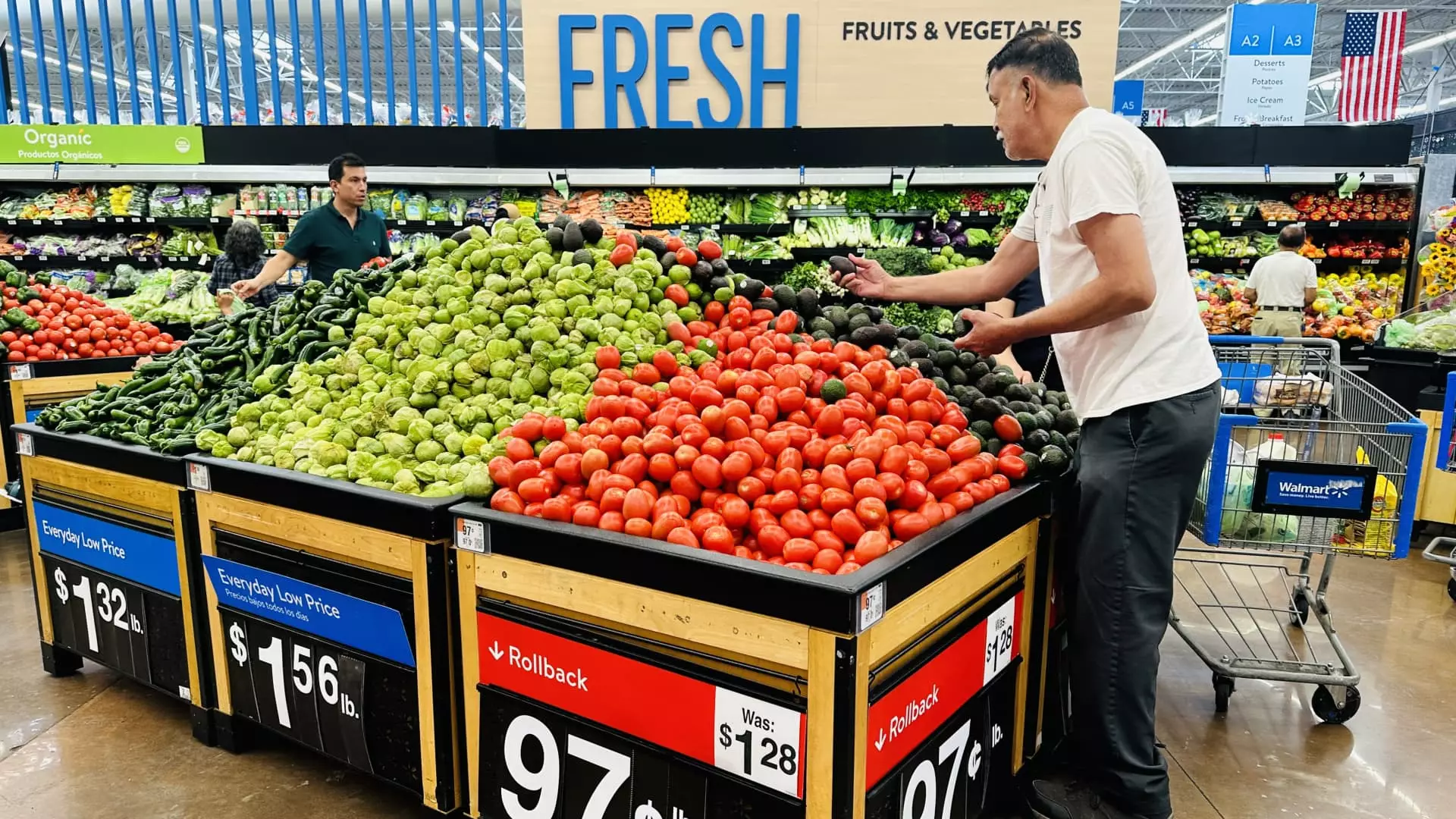In contemporary America, a troubling phenomenon is rising: an increasing number of consumers are resorting to Buy Now, Pay Later (BNPL) services for purchasing essentials like groceries. These loans, which supposedly provide financial flexibility, are instead highlighting an alarming trend: many Americans are grappling with financial instability in an economy characterized by relentless inflation, soaring interest rates, and economic uncertainties. The findings from recent Lending Tree data should serve as a wake-up call, revealing that around 50% of surveyed adults have turned to BNPL options, with a shocking 25% admitting to using these loans specifically for grocery bills. This statistic alone reflects a desperate need for financial support among consumers, who are increasingly forced to calculate how to afford their most fundamental needs.
Consumer Confidence? Not Quite
While manufacturers and retailers project an image of prosperity, the stark reality is that a significant portion of the population is struggling to make ends meet. The survey indicated that a staggering 41% of BNPL users reported late payments within the last year—a sharp increase from previous years. The situation is indicative of a broader economic malaise; consumer confidence is waning, and the safety nets that once caught people may no longer be available. This growing trend is not just about late payments; it reflects a foundational shift in how Americans approach spending and credit.
Lending Tree’s chief consumer finance analyst, Matt Schulz, suggested the grim truth: many consumers are “leaning on BNPL loans, for better or for worse.” This sentiment should alarm policymakers and consumers alike. The optimism surrounding short-term credit solutions often ignores the significant risks involved. If individuals cannot manage their debt responsibly within a current climate of financial strain, they risk falling deeper into a cycle of reliance, where each purchase is chipped away at by high fees.
The Shifting Landscape of Debt
Despite the appeal of BNPL services as a supposed lifeline, the pitfalls are becoming clearer. These loans can be enticing alternative solutions to traditional credit cards, mainly due to their interest-free structure. Yet, the subtlety of danger lies within the fees stemming from missed payments and the complexity of juggling multiple loans. In fact, the survey found that 60% of BNPL users have more than one loan at a time, and nearly a fourth of them admit to juggling three or more. This reckless financial behavior bears a striking resemblance to the binge-spending that contributed to past economic crises, suggesting that America may be on a precarious path toward further crises.
Moreover, humor mingles with reality as BNPL services increasingly infiltrate everyday consumer purchases. The recent report suggesting that 60% of Coachella attendees financed their concert tickets via BNPL loans adds an ironic layer to this conversation. With events such as music festivals becoming luxuries financed through debt, the scars of an unpredictable economy are evident. When consumers feel compelled to choose BNPL options for non-essential activities, it raises an important question: Are we witnessing a lifestyle funded by debt, where consumers prioritize experiences over sound financial management?
Warnings and Cautions
The implications of these trends demand urgent attention from both consumers and policymakers. As Schulz aptly points out, “It’s just really important for people to be cautious when they use these things.” The allure of BNPL tends to overshadow the hidden dangers, primarily for those already in precarious financial situations. Consumers often tempt fate, pushing their budgets to the limit while mistakenly believing that these programs will be their saving grace.
What is needed is a cultural recalibration of how we perceive consumerism and financial responsibility. As this debt spiral continues, it becomes vital for individuals to equip themselves with the knowledge and tools needed to navigate the complex world of credit. The state of consumer finances demands a level of self-awareness and discernment that many seem to be lacking at this critical juncture.
Ultimately, while Buy Now, Pay Later offers immediate gratification, the broader implications of this trend cannot be ignored. As we hurtle toward an uncertain economic future, individuals must rethink their financial strategies and recognize the significant risks associated with borrowing, particularly in an environment already rife with economic challenges.

